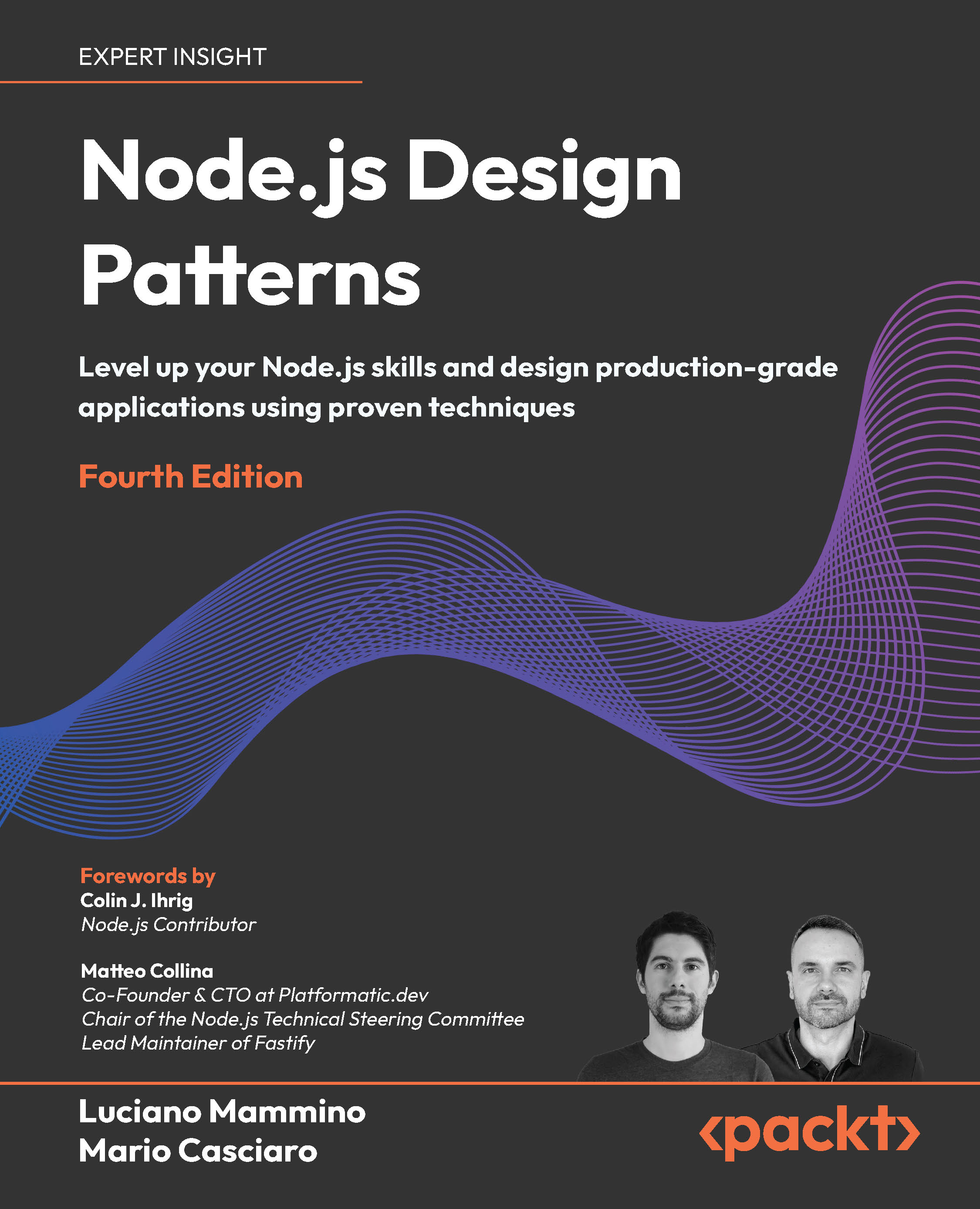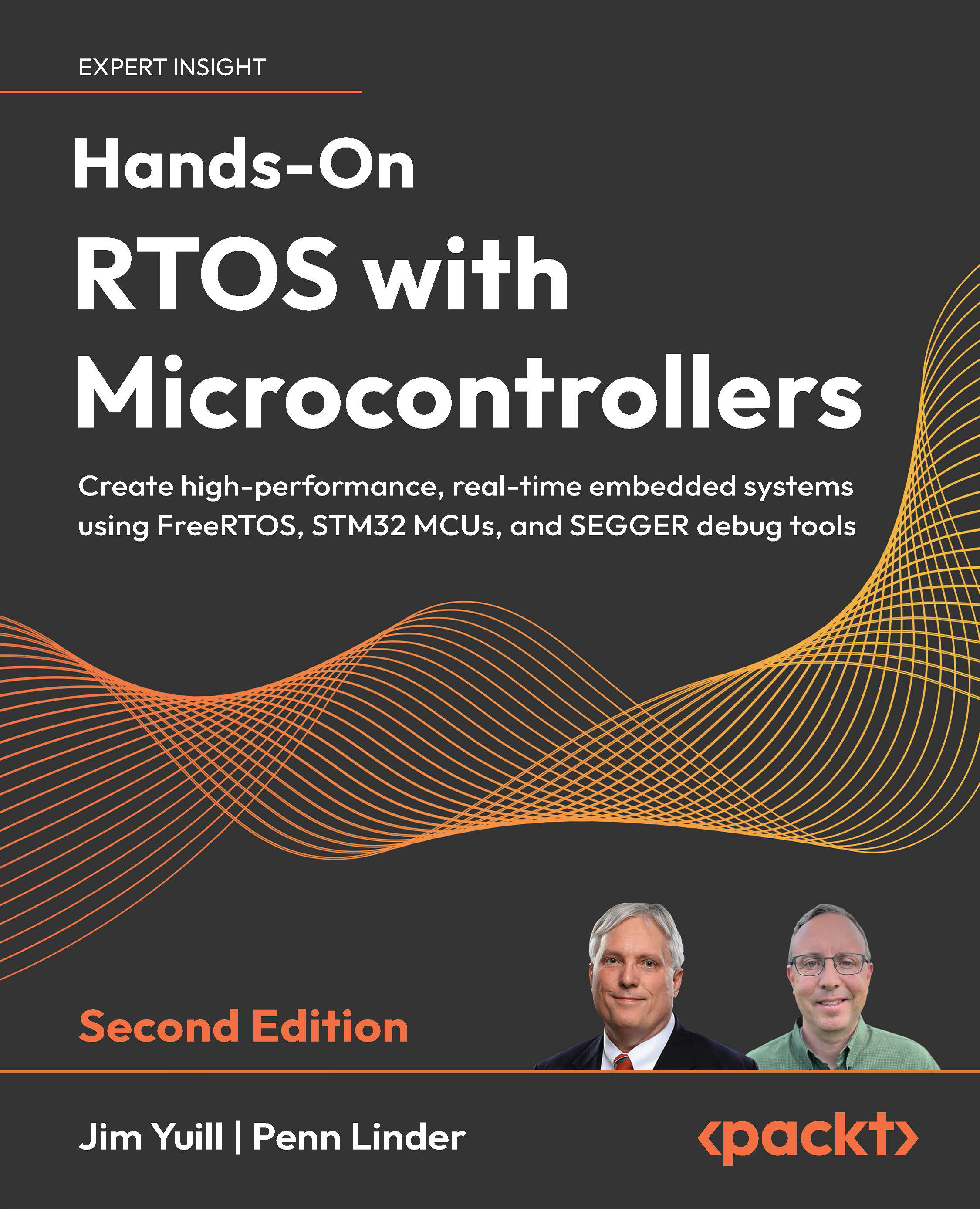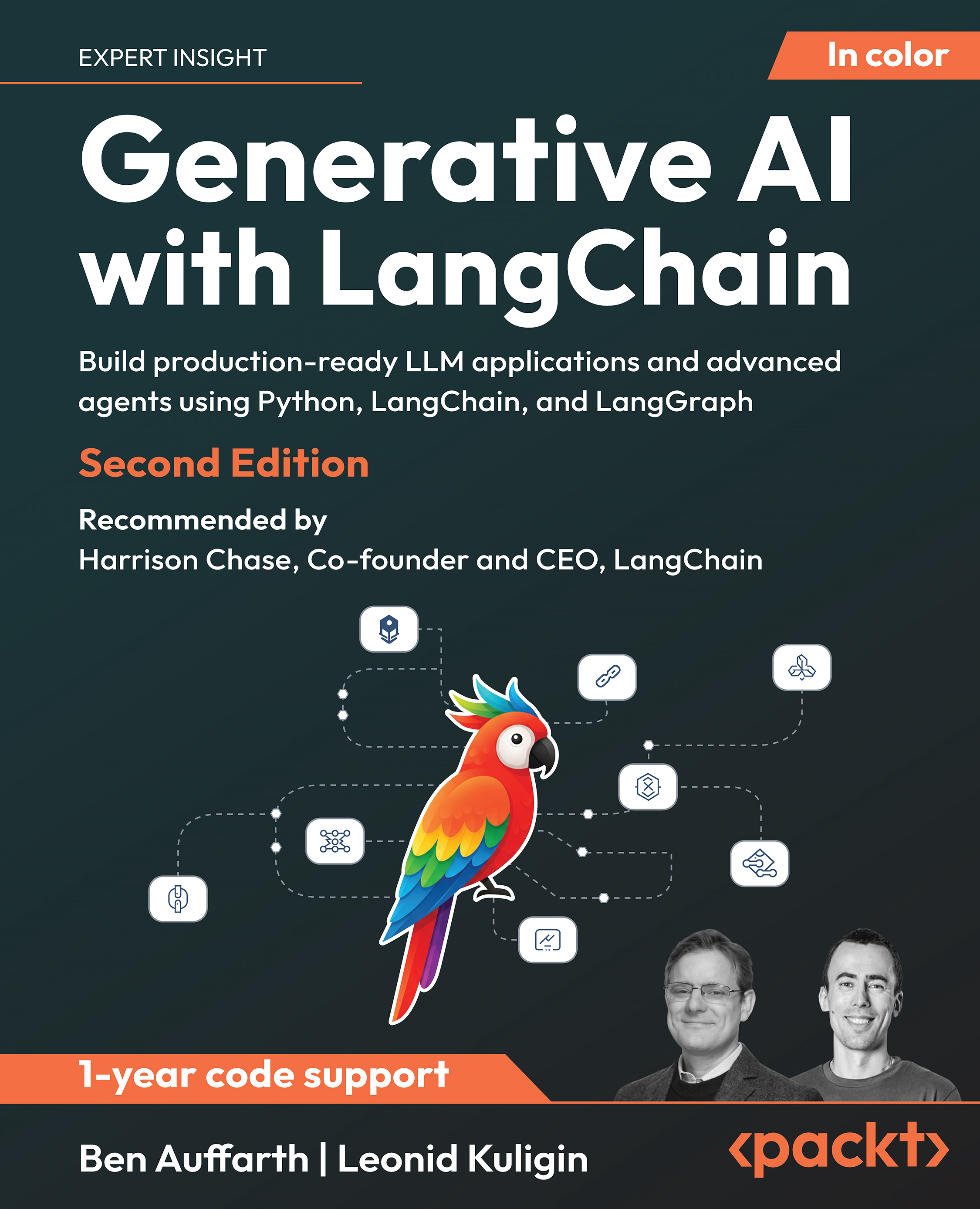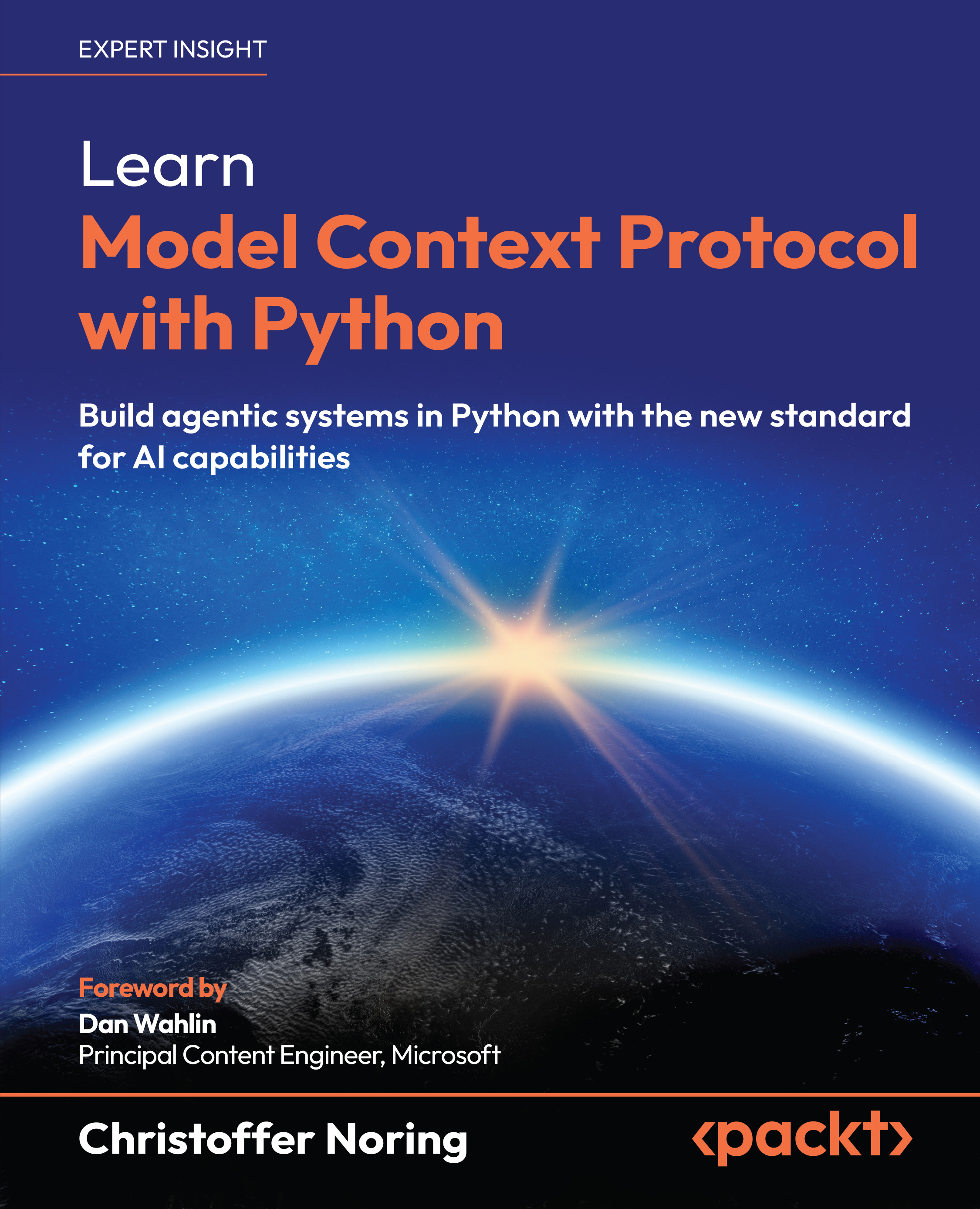Note that, structurally, this is the same definition as for plain unordered patterns, but the < symbol means something else, that is, a subsequence. As before, we drop the database subscript in the notation of
support if the information is clear from the context. Equipped with a notion of
support, the definition of sequential patterns follows the previous definition completely analogously. Given a minimum support threshold
t, a sequence
s in S is said to be a
sequential pattern if supp
(s) is greater than or equal to
t. The formalization of the third question is called the
sequential pattern mining problem, that is, find the full set of sequences that are sequential patterns in S for a given threshold t.
Even in our little example with just four sequences, it can already be challenging to manually inspect all the sequential patterns. To give just one example of a sequential pattern of
support 1.0, a subsequence of length 2 of all the four sequences is
<ac>. Finding all the sequential patterns is an interesting problem, and we will learn about the so-called
prefix span algorithm that Spark employs to address the problem in the following section.
Next time, in part 2 of the tutorial, we will see how to use Spark to solve the above three pattern mining problems using the algorithms introduced.
If you enjoyed this tutorial, an excerpt from the book Mastering Machine Learning with Spark 2.x by Alex Tellez, Max Pumperla and Michal Malohlava, check out the book for more.

 United States
United States
 Great Britain
Great Britain
 India
India
 Germany
Germany
 France
France
 Canada
Canada
 Russia
Russia
 Spain
Spain
 Brazil
Brazil
 Australia
Australia
 Singapore
Singapore
 Canary Islands
Canary Islands
 Hungary
Hungary
 Ukraine
Ukraine
 Luxembourg
Luxembourg
 Estonia
Estonia
 Lithuania
Lithuania
 South Korea
South Korea
 Turkey
Turkey
 Switzerland
Switzerland
 Colombia
Colombia
 Taiwan
Taiwan
 Chile
Chile
 Norway
Norway
 Ecuador
Ecuador
 Indonesia
Indonesia
 New Zealand
New Zealand
 Cyprus
Cyprus
 Denmark
Denmark
 Finland
Finland
 Poland
Poland
 Malta
Malta
 Czechia
Czechia
 Austria
Austria
 Sweden
Sweden
 Italy
Italy
 Egypt
Egypt
 Belgium
Belgium
 Portugal
Portugal
 Slovenia
Slovenia
 Ireland
Ireland
 Romania
Romania
 Greece
Greece
 Argentina
Argentina
 Netherlands
Netherlands
 Bulgaria
Bulgaria
 Latvia
Latvia
 South Africa
South Africa
 Malaysia
Malaysia
 Japan
Japan
 Slovakia
Slovakia
 Philippines
Philippines
 Mexico
Mexico
 Thailand
Thailand















